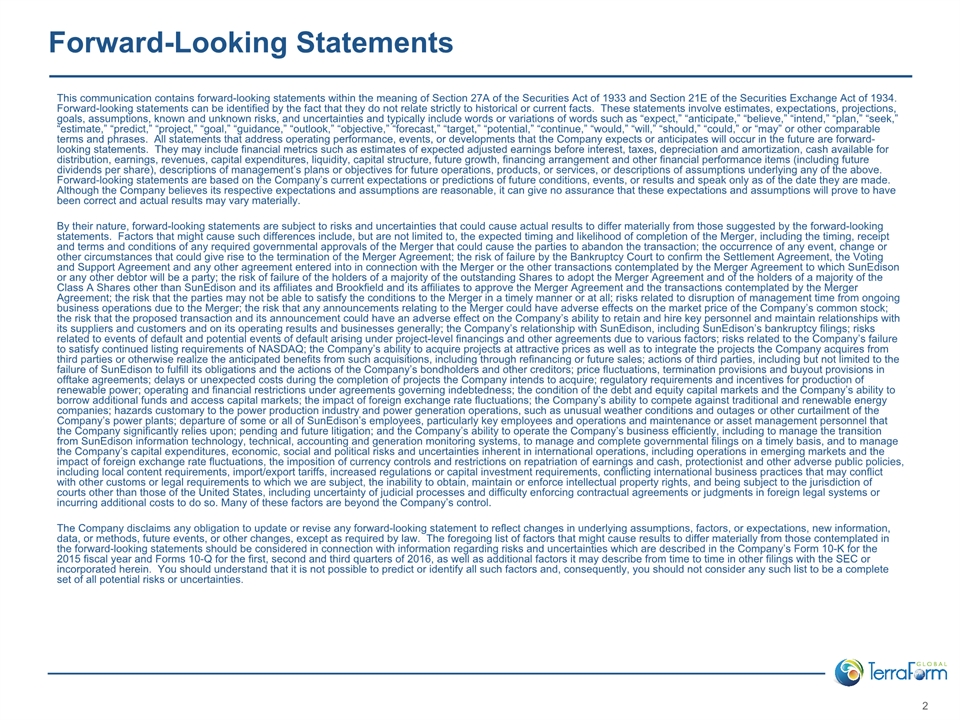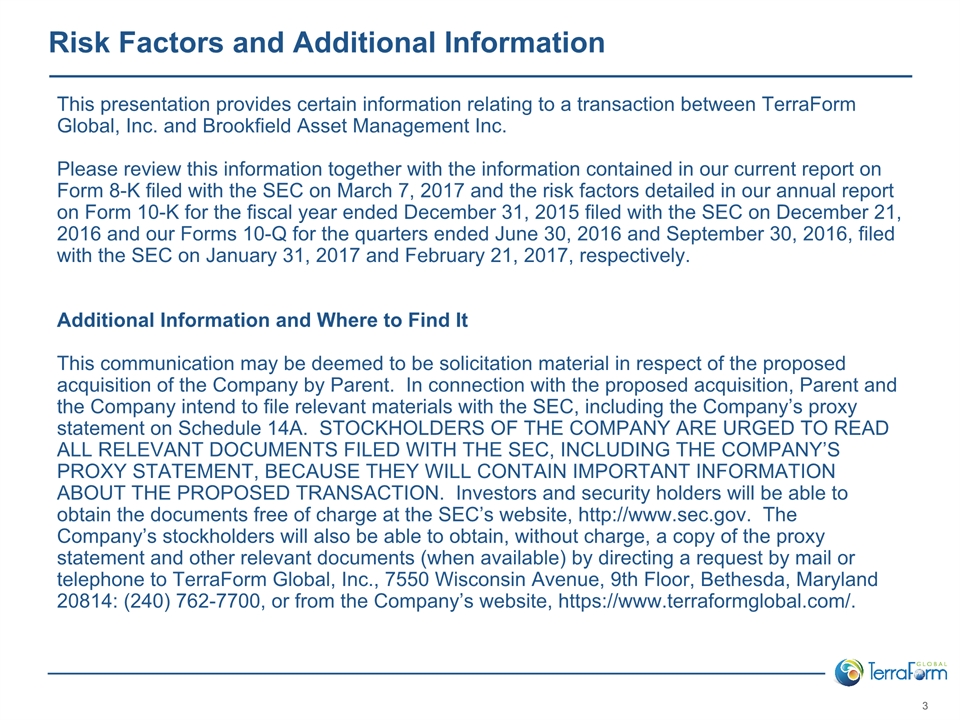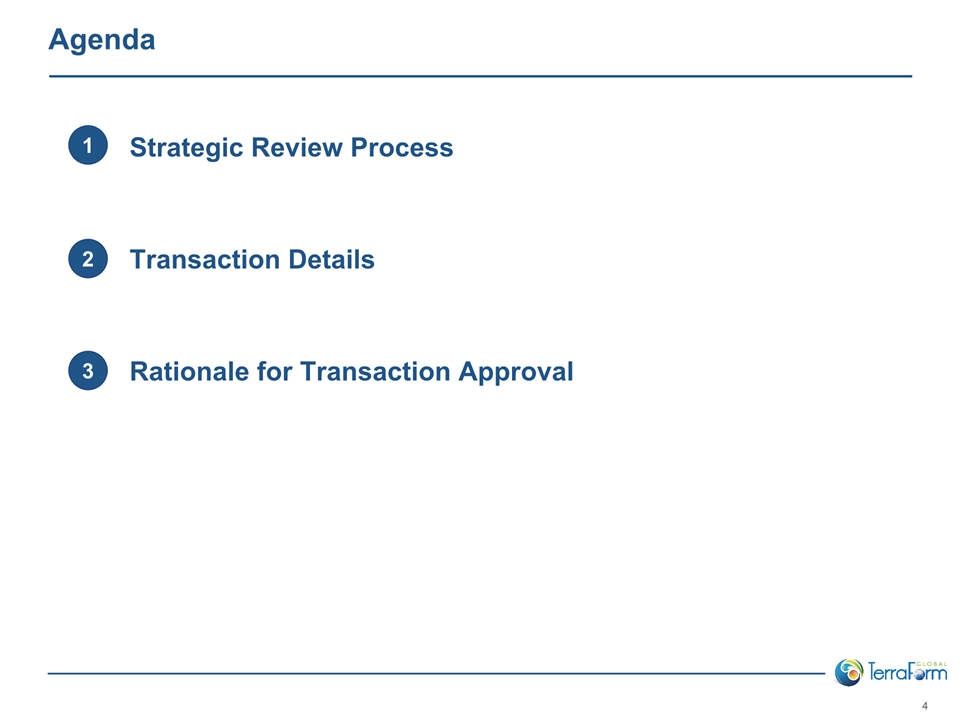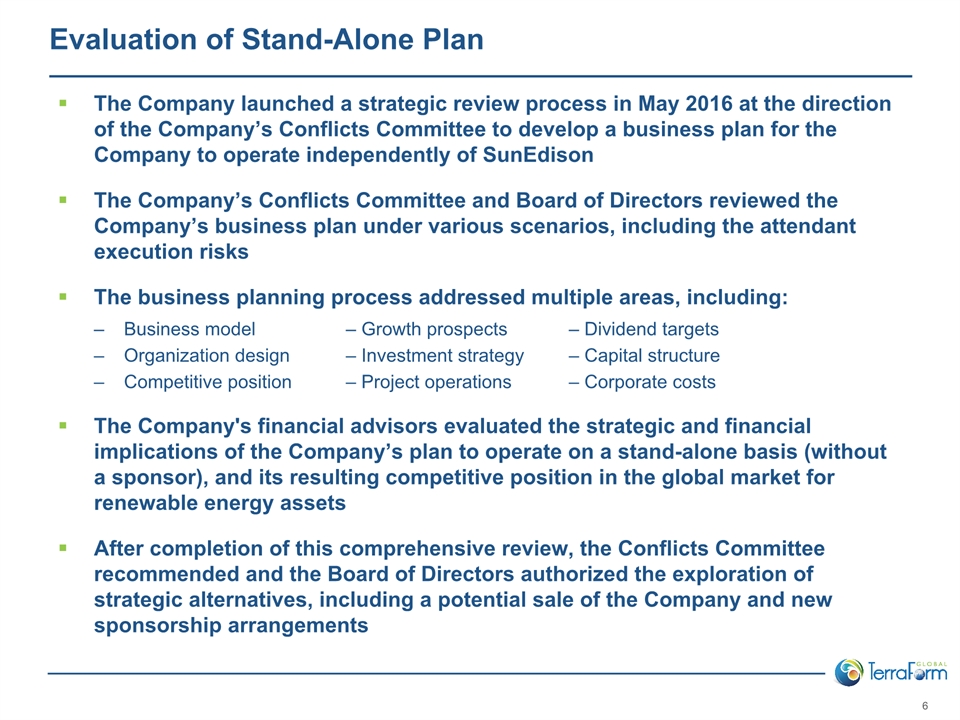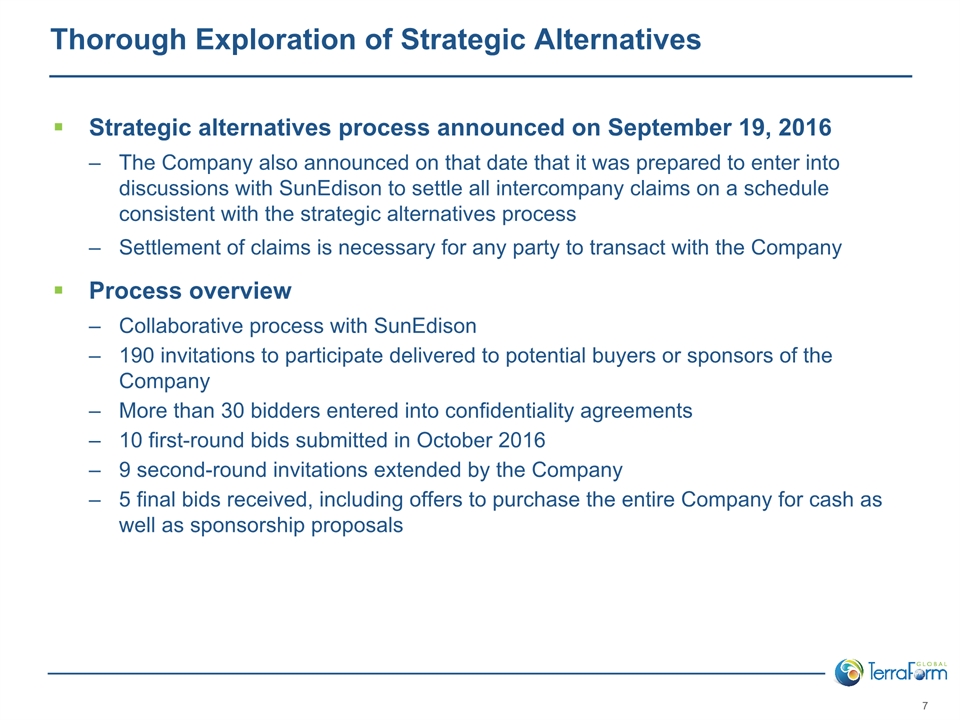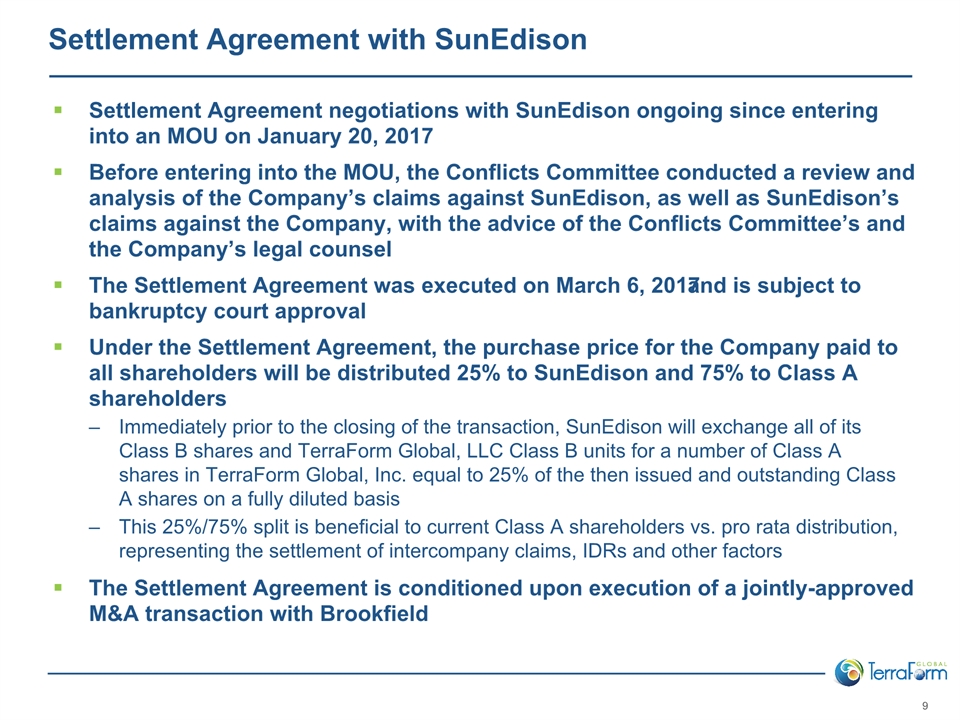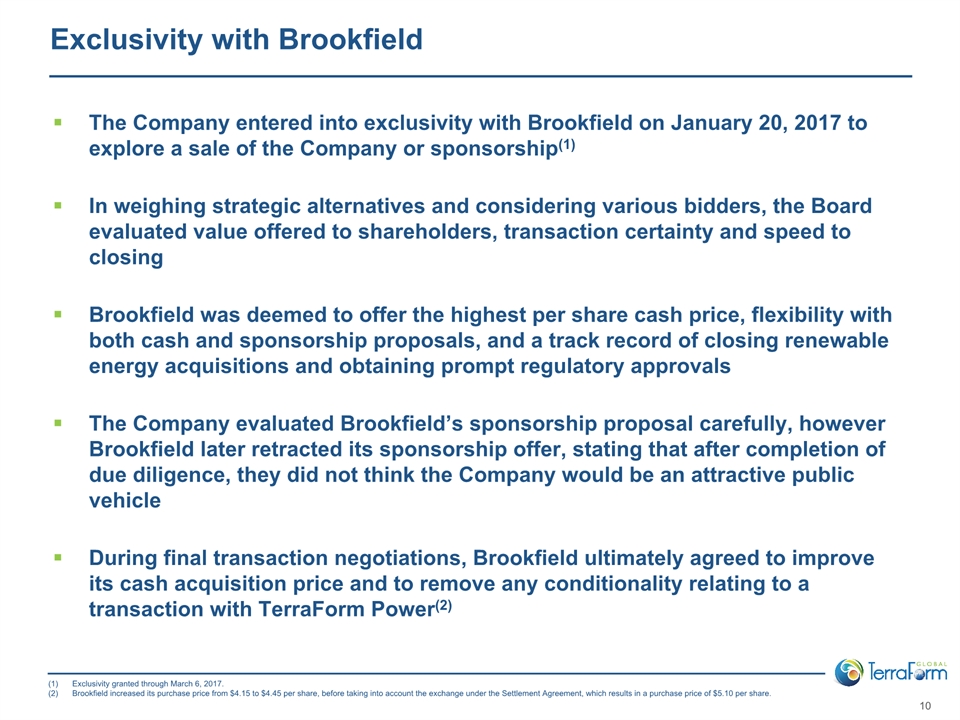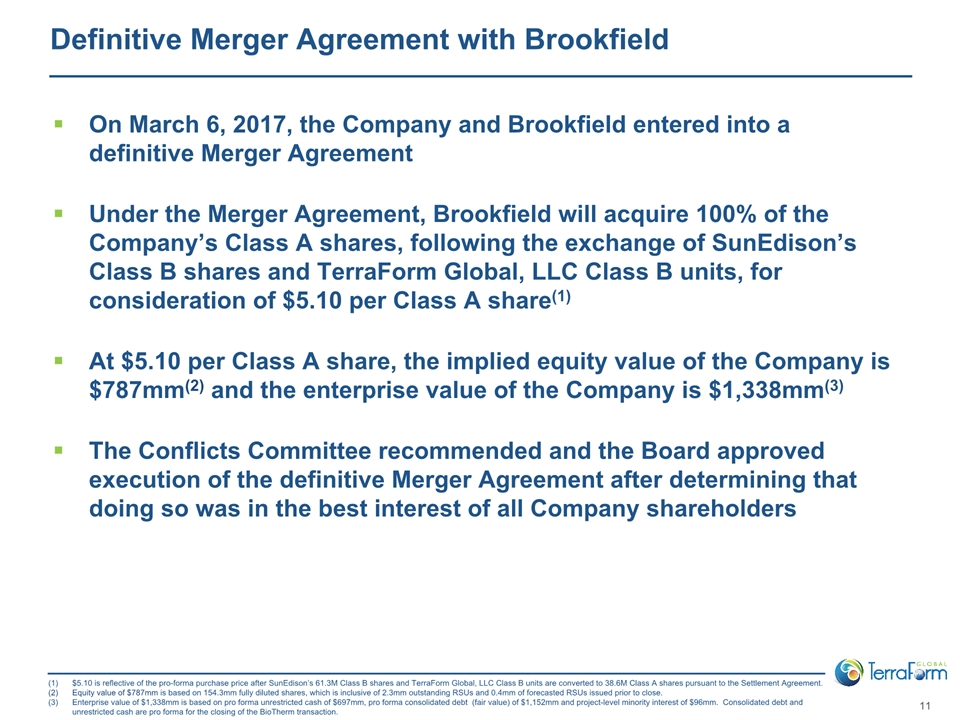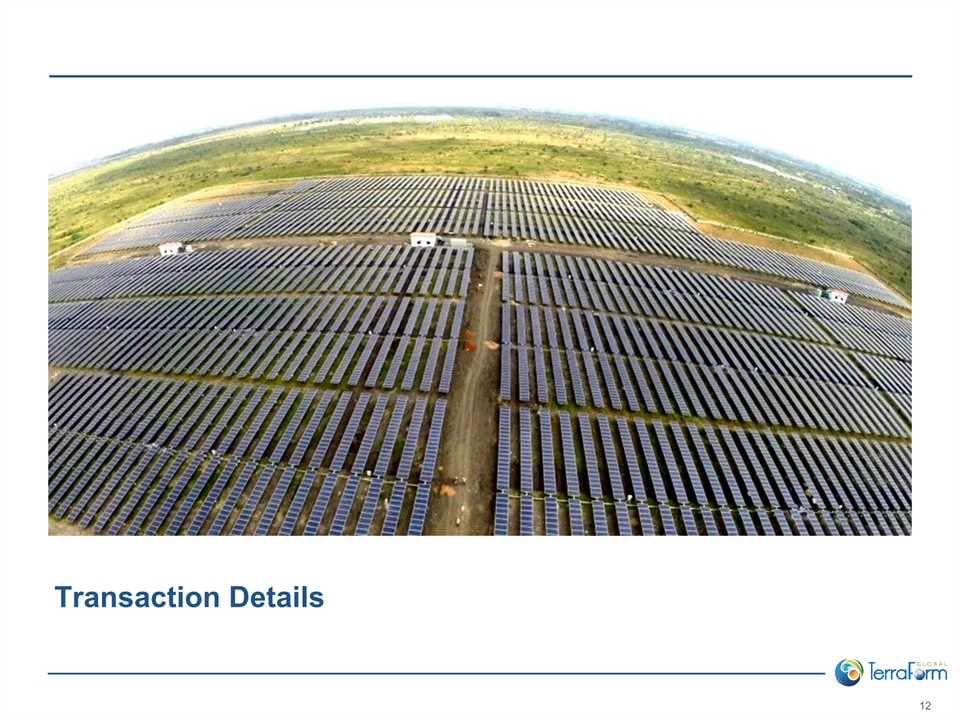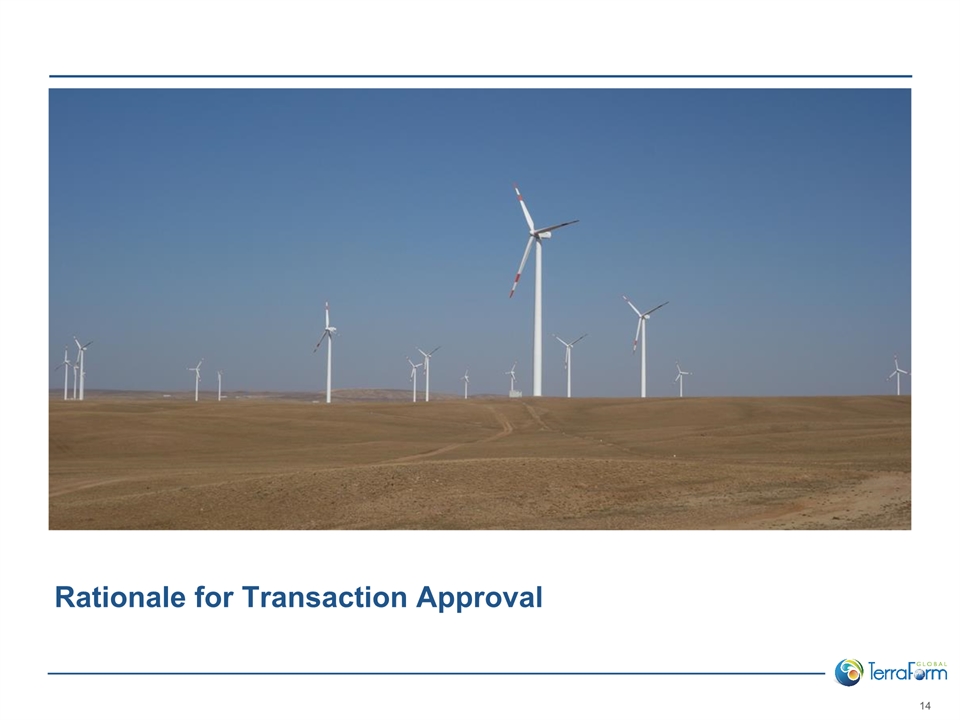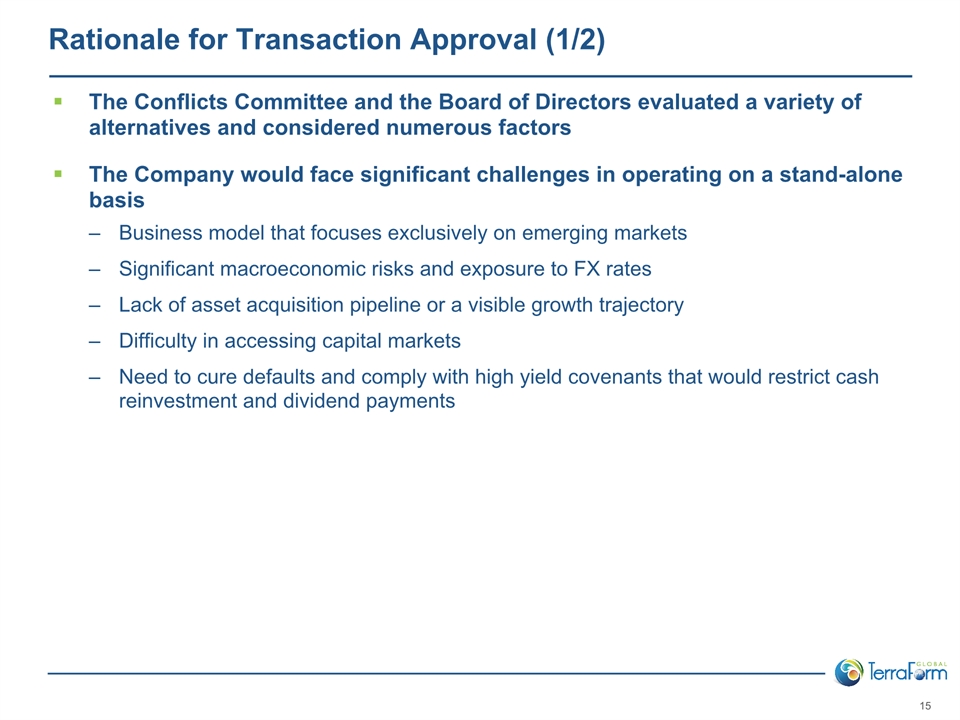Forward-Looking Statements 2 This communication contains forward-looking statements within the meaning of Section 27A of the Securities Act of 1933 and Section 21E of the Securities Exchange Act of 1934. Forward-looking statements can be identified by the fact that they do not relate strictly to historical or current facts. These statements involve estimates, expectations, projections, goals, assumptions, known and unknown risks, and uncertainties and typically include words or variations of words such as “expect,” “anticipate,” “believe,” “intend,” “plan,” “seek,” “estimate,” “predict,” “project,” “goal,” “guidance,” “outlook,” “objective,” “forecast,” “target,” “potential,” “continue,” “would,” “will,” “should,” “could,” or “may” or other comparable terms and phrases. All statements that address operating performance, events, or developments that the Company expects or anticipates will occur in the future are forward-looking statements. They may include financial metrics such as estimates of expected adjusted earnings before interest, taxes, depreciation and amortization, cash available for distribution, earnings, revenues, capital expenditures, liquidity, capital structure, future growth, financing arrangement and other financial performance items (including future dividends per share), descriptions of management’s plans or objectives for future operations, products, or services, or descriptions of assumptions underlying any of the above. Forward-looking statements are based on the Company’s current expectations or predictions of future conditions, events, or results and speak only as of the date they are made. Although the Company believes its respective expectations and assumptions are reasonable, it can give no assurance that these expectations and assumptions will prove to have been correct and actual results may vary materially.By their nature, forward-looking statements are subject to risks and uncertainties that could cause actual results to differ materially from those suggested by the forward-looking statements. Factors that might cause such differences include, but are not limited to, the expected timing and likelihood of completion of the Merger, including the timing, receipt and terms and conditions of any required governmental approvals of the Merger that could cause the parties to abandon the transaction; the occurrence of any event, change or other circumstances that could give rise to the termination of the Merger Agreement; the risk of failure by the Bankruptcy Court to confirm the Settlement Agreement, the Voting and Support Agreement and any other agreement entered into in connection with the Merger or the other transactions contemplated by the Merger Agreement to which SunEdison or any other debtor will be a party; the risk of failure of the holders of a majority of the outstanding Shares to adopt the Merger Agreement and of the holders of a majority of the Class A Shares other than SunEdison and its affiliates and Brookfield and its affiliates to approve the Merger Agreement and the transactions contemplated by the Merger Agreement; the risk that the parties may not be able to satisfy the conditions to the Merger in a timely manner or at all; risks related to disruption of management time from ongoing business operations due to the Merger; the risk that any announcements relating to the Merger could have adverse effects on the market price of the Company’s common stock; the risk that the proposed transaction and its announcement could have an adverse effect on the Company’s ability to retain and hire key personnel and maintain relationships with its suppliers and customers and on its operating results and businesses generally; the Company’s relationship with SunEdison, including SunEdison’s bankruptcy filings; risks related to events of default and potential events of default arising under project-level financings and other agreements due to various factors; risks related to the Company’s failure to satisfy continued listing requirements of NASDAQ; the Company’s ability to acquire projects at attractive prices as well as to integrate the projects the Company acquires from third parties or otherwise realize the anticipated benefits from such acquisitions, including through refinancing or future sales; actions of third parties, including but not limited to the failure of SunEdison to fulfill its obligations and the actions of the Company’s bondholders and other creditors; price fluctuations, termination provisions and buyout provisions in offtake agreements; delays or unexpected costs during the completion of projects the Company intends to acquire; regulatory requirements and incentives for production of renewable power; operating and financial restrictions under agreements governing indebtedness; the condition of the debt and equity capital markets and the Company’s ability to borrow additional funds and access capital markets; the impact of foreign exchange rate fluctuations; the Company’s ability to compete against traditional and renewable energy companies; hazards customary to the power production industry and power generation operations, such as unusual weather conditions and outages or other curtailment of the Company’s power plants; departure of some or all of SunEdison’s employees, particularly key employees and operations and maintenance or asset management personnel that the Company significantly relies upon; pending and future litigation; and the Company’s ability to operate the Company’s business efficiently, including to manage the transition from SunEdison information technology, technical, accounting and generation monitoring systems, to manage and complete governmental filings on a timely basis, and to manage the Company’s capital expenditures, economic, social and political risks and uncertainties inherent in international operations, including operations in emerging markets and the impact of foreign exchange rate fluctuations, the imposition of currency controls and restrictions on repatriation of earnings and cash, protectionist and other adverse public policies, including local content requirements, import/export tariffs, increased regulations or capital investment requirements, conflicting international business practices that may conflict with other customs or legal requirements to which we are subject, the inability to obtain, maintain or enforce intellectual property rights, and being subject to the jurisdiction of courts other than those of the United States, including uncertainty of judicial processes and difficulty enforcing contractual agreements or judgments in foreign legal systems or incurring additional costs to do so. Many of these factors are beyond the Company’s control. The Company disclaims any obligation to update or revise any forward-looking statement to reflect changes in underlying assumptions, factors, or expectations, new information, data, or methods, future events, or other changes, except as required by law. The foregoing list of factors that might cause results to differ materially from those contemplated in the forward-looking statements should be considered in connection with information regarding risks and uncertainties which are described in the Company’s Form 10-K for the 2015 fiscal year and Forms 10-Q for the first, second and third quarters of 2016, as well as additional factors it may describe from time to time in other filings with the SEC or incorporated herein. You should understand that it is not possible to predict or identify all such factors and, consequently, you should not consider any such list to be a complete set of all potential risks or uncertainties.

